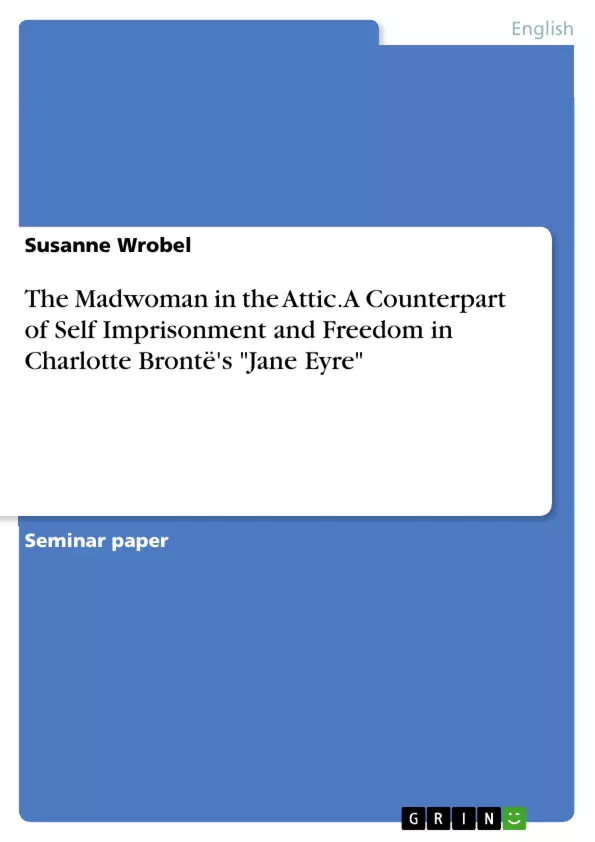Every society has its norms and values, a code of appropriate behavior that can differ not only from one culture to another but also from one period of time to the next. A norm, according to the Oxford English Dictionary, constitutes a pattern or standard of accepted and expected behavior of a group. These arbitrary conventions of societal rules force an individual to abide by such set standards if he or she wishes to be integrated and enjoy all the advantages community has to offer. Though these social norms bridle us, having guidelines of how to interact in various circumstances, impart a sense of security, in that they tell us what to expect of other people and also facilitate day to day interaction. However, when an individual’s world view and pursuits strongly collide with that of society’s prescriptions, he or she can have difficulties to act upon them, as the norms prevalent in a society are strongly shaping people’s opinion and behavior and allow not much room for deviation.
The power of a whole society can thus become so overwhelming to an individual, that they feel disoriented, as they cannot openly show their true emotions and feelings. Opposition to prescribed norms might only be uttered by a still, small voice, through a passive aggressive behavior. This can have devastating effects on the person nourishing anger, to which one inevitably has to give vent in one way or another. In the course of history, women were often restricted in their self-development.
In 19th century Victorian society, the time of Charlotte Brontë’s Jane Eyre, marriage was depicted as the only fulfilling destiny for women. The “angel of the house” was supposed to have a quiet spirit and act in total submission to male authority. The following pages will analyze how Bertha Rochester is the personification of Jane’s rebellion and feeling of oppression in a male dominated society in which she challenges established and rigid gender norms and fights for love and freedom. First of all it will be analyzed how space is semanticized and becomes a bearer of meaning, and so provides information about Jane’s world and her feelings. Secondly, Jane’s and Bertha’s imprisonment and denied freedom will be examined, followed by a closer look at Jane’s process of self-realization.
Inhaltsverzeichnis (Table of Contents)
- Introduction
- The Semanticization of Space
- Imprisonment and Denied Freedom
- Gateshead and the Red-Room
- Thornfield and Bertha's Attic
- Jane's Process of Self-Realization
- Jane's quest for freedom and The wild Moors
- Bertha's death
- Conclusion
Zielsetzung und Themenschwerpunkte (Objectives and Key Themes)
This essay explores the themes of imprisonment, societal norms, and self-realization in Charlotte Brontë's Jane Eyre. Through analyzing the symbolic meaning of space, the restrictions placed on Jane and Bertha, and Jane's journey towards self-discovery, the essay sheds light on the challenges faced by women in 19th-century Victorian society.
- The semanticization of space and its connection to characters' emotions and experiences
- The limitations imposed on women by societal norms and expectations
- The exploration of female desire and its consequences in a patriarchal society
- The protagonist's journey of self-discovery and her pursuit of freedom
- The impact of societal restrictions on the individual's ability to express true emotions and feelings
Zusammenfassung der Kapitel (Chapter Summaries)
- Introduction: The essay sets the scene by introducing the concept of social norms and how they can restrict individuals, particularly women in the Victorian era. It highlights the importance of understanding societal expectations in order to interpret the novel's themes.
- The Semanticization of Space: This section examines how different locations in Jane Eyre are symbolic and convey meaning beyond their physical form. It explores the relationship between closed spaces, imprisonment, and the control of female desires. Open spaces, on the other hand, are associated with freedom, but also with potential danger.
- Imprisonment and Denied Freedom: This chapter focuses on the specific examples of Jane's imprisonment at Gateshead in the Red Room and Bertha's confinement in the attic of Thornfield. These spaces represent the limitations imposed by society and the consequences of challenging patriarchal norms.
- Jane's Process of Self-Realization: This section examines Jane's journey towards self-discovery and her quest for freedom. It explores her experiences on the wild moors, a space that represents both liberation and potential dangers. This section also delves into the symbolic significance of Bertha's death.
Schlüsselwörter (Keywords)
The main keywords and concepts explored in this essay include societal norms, female oppression, self-realization, semanticization of space, imprisonment, freedom, 19th-century Victorian society, and the symbolic representation of locations in literature.
- Quote paper
- Susanne Wrobel (Author), 2015, The Madwoman in the Attic. A Counterpart of Self Imprisonment and Freedom in Charlotte Brontë's "Jane Eyre", Munich, GRIN Verlag, https://www.grin.com/document/418835



